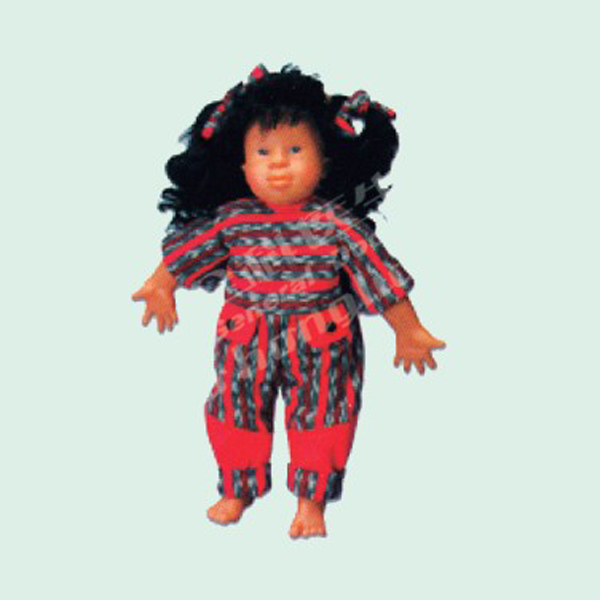Homepageпјҡ NEWS >> Does the Down syndrome infant care model support training in multiple care operations?
The Down syndrome infant care model does support training in a variety of nursing practices, a feature of great importance for medical school students and healthcare professionals. Here is a more detailed explanation of this point.

First of all, the design and manufacture of Down syndrome infant care models fully consider the need to simulate real child care operations. The model provides a realistic operating environment for the trainer by accurately simulating the special features and signs of children with Down syndrome, such as wide eye distance, low nose bridge and short fingers. In this environment, the trainer can simulate a variety of daily care operations such as washing face, grooming hair, bathing, dressing and changing clothes, and breastfeeding.
Secondly, supporting a variety of nursing operation training can help trainers improve their nursing skills comprehensively. In the simulated operation process, the trainer can learn how to personalize care for different signs and symptoms, how to communicate with the child more carefully and patiently, and how to deal with various emergencies that may occur. These skills are critical to improving the quality of care and ensuring the safety and comfort of children.
In addition, through simulated operation training, trainers can better understand and experience the feelings of children and their families. Children with Down syndrome often need more love and care due to differences in physical characteristics and intellectual development. Through simulated operation training, the trainer can have a deeper understanding of the needs and feelings of the children, so as to be more actively involved in the actual work.
Finally, the infant care model of Down syndrome, which supports the training of various nursing operations, has a wide application prospect in medical education and clinical training. In medical colleges, it can be used as an important auxiliary tool for students to learn pediatric nursing knowledge. In medical institutions, it can be used as an effective means for medical staff to improve nursing skills and update nursing knowledge. At the same time, the model can also be used as a platform for medical institutions to exchange learning and share experience, and promote the continuous development of medical care.
In summary, the Down syndrome infant care model does support training in multiple care operations. This characteristic makes the model have high practical value and application prospect in medical education and clinical training. By using this model for training and learning, medical staff and medical college students can have a more comprehensive and in-depth understanding of pediatric nursing knowledge and skills, and provide more high-quality and professional nursing services for children.